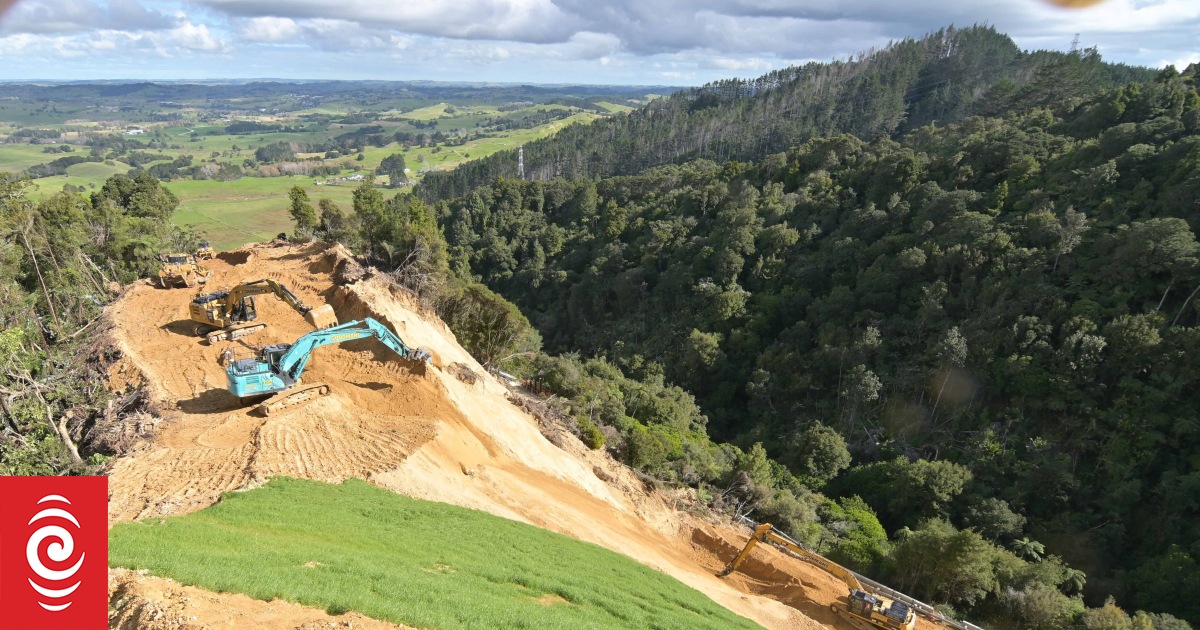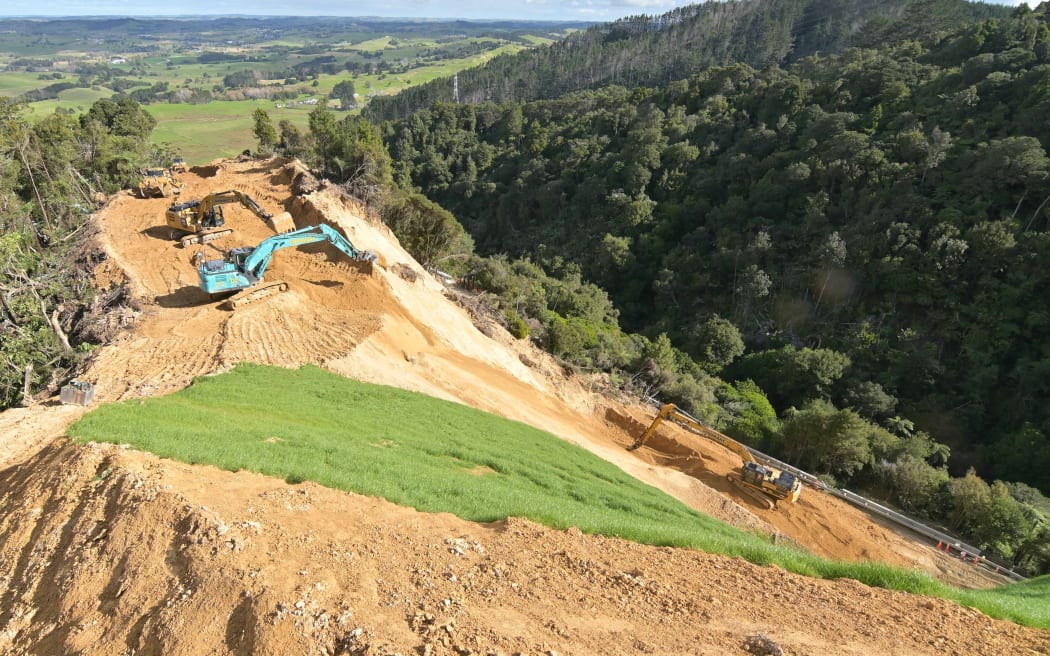
Excavators at work on the ridgeline above Kauri Tree Corner, where two fresh slips stymied plans to reopen State Highway 1 over the Brynderwyns this week.
Photo: NZTA / Waka Kotahi
A Northland leader is calling on the government to provide financial support to businesses hard hit by the closure of State Highway 1 over the Brynderwyn Hills.
The main transport link between Northland and Auckland had been due to reopen this week after a nine-week closure for slip repairs, but fresh landslides have pushed that out to the end of June.
Far North Mayor Moko Tepania said Northlanders were starting to feel the pressure of having their gateway to the rest of the country closed for months on end.
In particular he felt for primary producers who had to send their goods on a long detour around the west coast via State Highways 12 and 14.
“It’s getting a bit dire now for us on the ground and I really want to see from central government a relief package for our people to apply to, as we try and get through this,” Tepania said.
“We see governments put up funding pots like this in other emergency circumstances, such as droughts. It’s been such a long time now we need to see funding put towards this.”
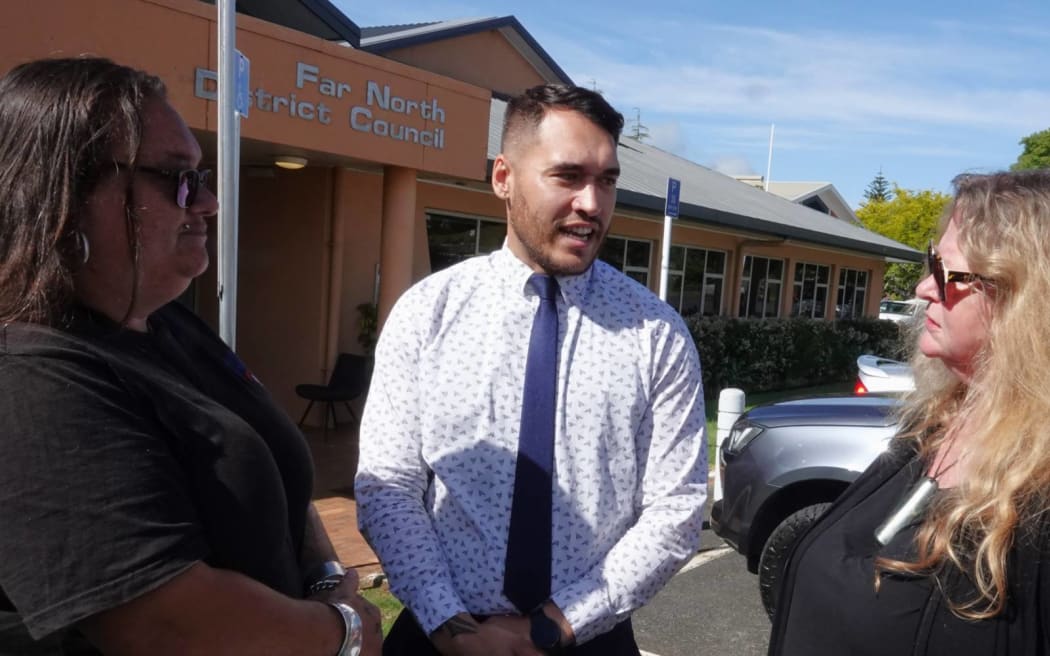
Moko Tepania (centre) said the closure “is getting a bit dire for us on the ground” (file picture).
Photo: Peter de Graaf / RNZ
Tepania said the impact was doubled for those who lived further north, who were also forced to detour around Mangamuka Gorge, where State Highway 1 had been closed for slip repairs since 2022.
“So if you’re one of the 20,000 people living north of the Mangamuka Ranges you have to deal with the Mangamukas being closed and the Brynderwyns being closed as well. It’s becoming a huge economic weight on our already pressured people. We definitely need the government to come to the table to help us out.”
A report by regional development agency Northland Inc found the previous Brynderwyn closure, after Cyclone Gabrielle in 2023, cost the region just under $2 million a day.
A study commissioned by the Northland Corporate Group and released last month, however, found the total cost to the region’s economy was much higher – $14.6m for every day the highway remained shut.
RNZ asked Prime Minister Christopher Luxon on Wednesday about the possibility of financial relief for Northland businesses, given the precedent of compensation paid to Auckland shop owners affected by the construction of the City Rail Link.
Luxon acknowledged the situation was “incredibly frustrating” for Northlanders, but said compensation for businesses had not been considered.
“That’s not a conversation we’ve had. Our focus is making sure we actually get an enduring, sustainable, long-term solution in place.”
Luxon said that section of State Highway 1 was particularly problematic, and the government had committed to finding an alternative route around the Brynderwyns.
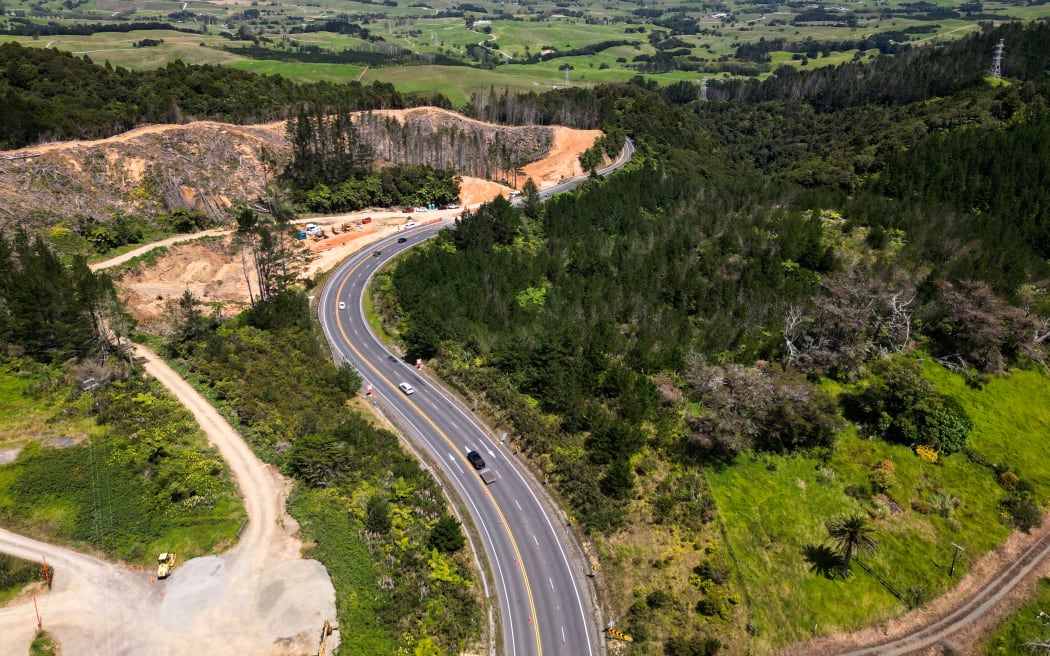
An aerial Photo of the closure of Brynderwyn Hill State Highway 1 in February this year.
Photo: Nick Monro
Some Northlanders have made comparisons to the slip that destroyed part of State Highway 25A on the Coromandel Peninsula.
That road, which reopened just before Christmas last year, was rebuilt on budget and three months ahead of schedule.
Sarah Greener, a Paihia business mentor and owner of The Rock Adventure Cruises, said successive governments had dismissed Northland’s State Highway 1 as a mere “holiday highway” and failed to invest – especially in the areas that had now failed.
“If you look at Coromandel, they managed to fix it under budget and under time. When you look at the photos of that, it was drastic. It clearly required a great deal of thought and engineering and NZTA clearly had the resources to do it because they did it over there – but we can’t seem to do the same thing here in Northland,” Greener said.
The closure was affecting tourism and hospitality businesses because people arriving in Auckland were opting not to travel to Northland.
“It’s already a big ask to get people to come up here, and then to put barriers in the way like diversions, and slow and windy roads, just makes it harder and harder for people to get up here.”
Poor access to the rest of the country also discouraged people from moving to or investing in Northland, she said.
“I just want them to apply whatever magic they applied over in Coromandel to State Highway 1. They’ve proved they can do it, and I’m stoked for Coromandel. I’d just like to see them take those same systems, tools, skills, even the human resource, and bring it here to Northland,” Greener said.
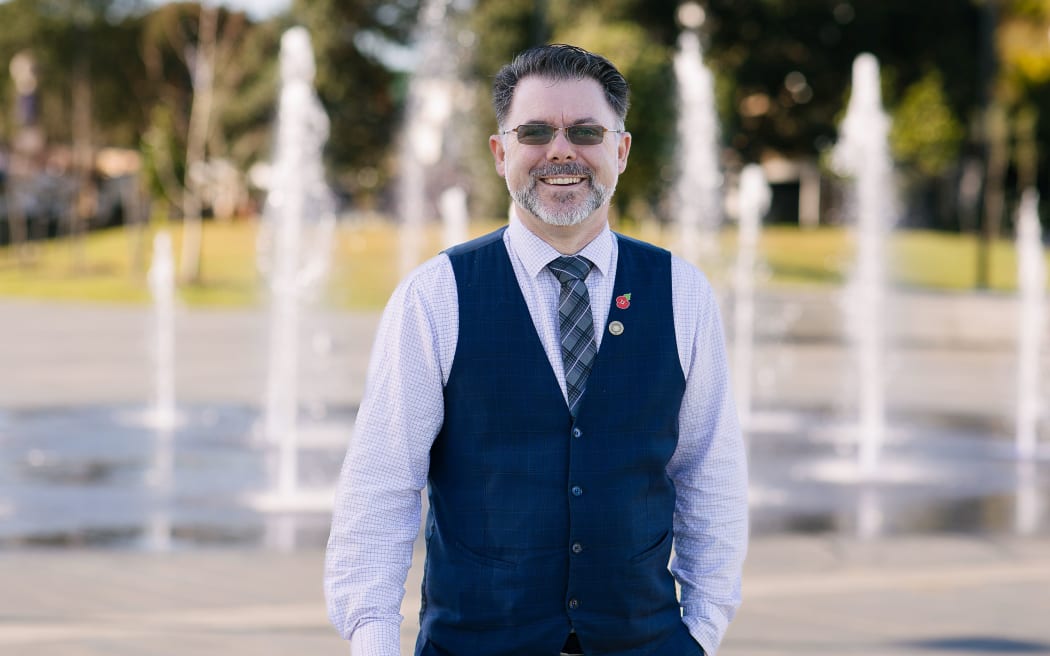
Vince Cocurullo said the soft-slip prone soils in Northland were another reason to speed up a four-lane alternative route around the Brynderwyns (file picture).
Photo: Supplied / Sarah Marshall Photography
Whangārei Mayor Vince Cocurullo said everyone in Northland was feeling the pain, from tourism businesses to truck drivers to everyday retailers.
Many people told him they felt Northland was being treated differently to Coromandel – but he said NZTA was working as fast as it could to get the road open, and the problem in Northland was its soft, slip-prone, unstable soils.
Cocurullo said that was just another reason to speed up a promised four-lane alternative route around the Brynderwyns.
“Bring on that four-laning. It really needs to be done as soon as possible so we don’t have these issues ever again.”
Far North District councillor Ann Court agreed, saying the Brynderwyns’ unstable soils meant the road would always be at risk of “critical failure”.
“We can’t as a country keep chucking close to $100m at fixing a road which we have every reason to believe will continue to fail, again and again and again.”
Court said the government had so many roading projects vying for funding, it would be impossible to build all of them – so they would have to be ranked in order of priority.
“In Northland we are the only place in the country where our state highway is severed at both ends, and our lifeline has been given a death notice by geotechnical engineers who tell us within ten years, it’ll be gone. So I think we need to be number one.”
Transport Minister Simeon Brown said a commitment to building a new, four-lane highway around the Brynderwyns was an important part of the National-NZ First coalition agreement.
As part of that agreement the government would investigate the use of private finance to speed up construction.
Brown said the government, via NZTA, had been supporting Northland Inc with a targeted advertising campaign making sure New Zealanders knew Northland was “open for business”.
NZTA had received a request to extend that funding due to the delayed reopening of SH1. An announcement would be made soon, Brown said.
NZTA said State Highway 1 over the Brynderwyns would reopen at the end of June, as long as no more unexpected instability or heavy rain was encountered.

